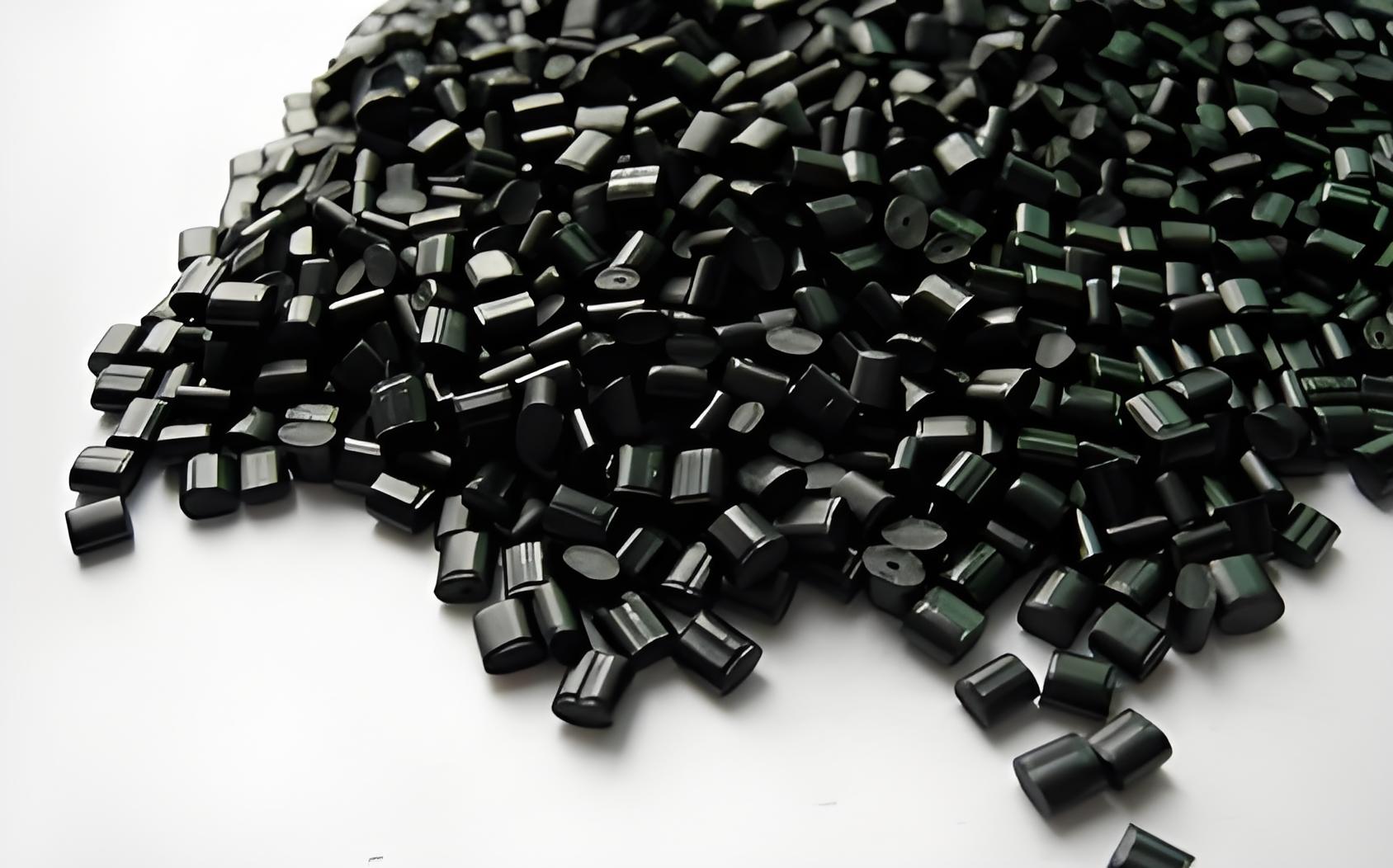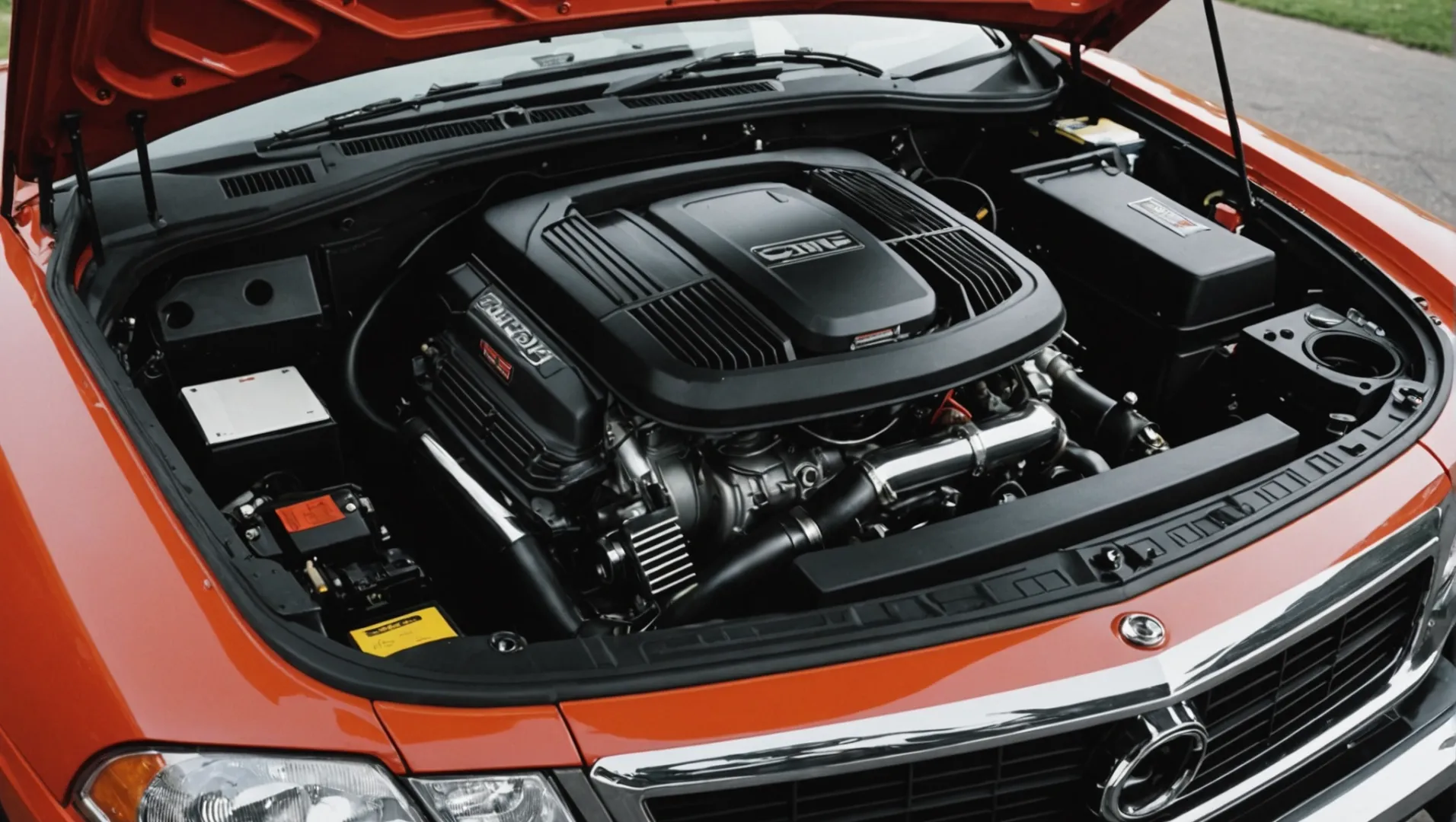
In the intricate world of automotive engineering, the ‘dog house’ stands as a silent protector within the engine compartment.
A ‘dog house’ in automotive plastic design serves to protect critical components such as sensors and electronic control units from environmental factors, optimize spatial layout, and reduce noise and vibrations, thereby enhancing vehicle performance and comfort.
While the concept of a ‘dog house’ might seem straightforward, its implications for vehicle design are profound. This article delves deeper into its multifaceted roles and design considerations, offering insights valuable to both industry professionals and enthusiasts alike.
Dog houses in vehicles reduce engine noise.True
They act as sound barriers, absorbing and deflecting engine noise.
What Materials Are Ideal for Dog Houses in Automotive Design?
Selecting the right materials for automotive "dog houses" is crucial to ensure optimal performance and durability.
Ideal materials for automotive dog houses include high-strength, high-temperature resistant plastics like polyphenylene sulfide (PPS) and polyether ether ketone (PEEK). These materials offer excellent mechanical properties, chemical resistance, and thermal stability, making them suitable for the harsh conditions within an engine compartment.

The Role of Material Selection in Automotive Dog Houses
In automotive design, the "dog house" plays a critical role in safeguarding essential components. The materials chosen for this purpose must withstand harsh environmental conditions while maintaining structural integrity.
High-Strength Plastics
High-strength plastics are a go-to choice for dog houses due to their ability to endure the demanding environment of an engine compartment. Materials such as polyphenylene sulfide (PPS) and polyether ether ketone (PEEK) are often favored. These plastics provide:
-
Mechanical Durability: They can handle physical stresses and impacts, ensuring long-term protection for sensitive components like sensors.
-
Chemical Resistance: Engine compartments often expose materials to fluids and chemicals; these plastics resist degradation, maintaining their protective roles.
-
Thermal Stability: With the engine’s heat, it’s crucial that materials can withstand high temperatures without deforming or losing strength.
Considerations for Weight and Cost
Another critical factor in material selection is the balance between weight and cost. Lightweight materials are preferred as they contribute to overall vehicle efficiency by reducing fuel consumption. Evaluating lightweight options1 alongside cost-effective solutions ensures a practical balance.
Insulation Properties
Insulation is another consideration when selecting materials. Plastics that offer good insulation properties help in noise reduction and prevent vibration transmission to the car’s cabin. Investigating insulation materials2 suitable for automotive use can enhance driving comfort.
Environmental Considerations
As the automotive industry moves towards sustainability, using recyclable or environmentally friendly materials becomes increasingly important. Some plastics can be recycled or sourced sustainably, aligning with broader environmental goals. Exploring sustainable plastics3 for automotive applications offers insights into future material innovations.
PPS is used in automotive dog houses for thermal stability.True
Polyphenylene sulfide (PPS) is chosen for its ability to withstand high temperatures.
Lightweight materials increase fuel consumption in vehicles.False
Lightweight materials decrease fuel consumption by reducing vehicle weight.
How Do Dog Houses Contribute to Noise Reduction in Vehicles?
In the world of vehicle engineering, ‘dog houses’ play a crucial role in minimizing noise pollution inside the car.
Dog houses in vehicles reduce noise by acting as sound barriers and dampeners. Made from high-strength plastic, they absorb and deflect engine sounds and vibrations, preventing them from reaching the passenger cabin and improving comfort.

Understanding the Role of Dog Houses in Noise Reduction
In automotive engineering, noise reduction is paramount for enhancing the driving experience. Dog houses4, primarily used to shield sensitive components, also serve as effective noise barriers. Positioned strategically around noise-generating parts like the engine, they help in containing sound within the engine compartment.
Material Properties that Aid Noise Dampening
The choice of materials is vital for a dog house’s efficacy in noise reduction. High-strength plastics are preferred due to their ability to withstand harsh environmental conditions while providing excellent sound insulation. These materials absorb vibrations and reduce the transmission of sound waves, effectively dampening the noise produced by engines and other components.
- Material Characteristics:
- Durability: Withstand high temperatures and mechanical stress.
- Sound Absorption: Minimize noise transfer by absorbing acoustic energy.
Structural Design and Sound Insulation
The structural design of dog houses is meticulously crafted to enhance their soundproofing capabilities. They often incorporate features such as ridges or layers that trap sound waves and prevent them from traveling further into the vehicle.
- Design Features:
- Layered Structures: Multiple layers can absorb different frequencies of noise.
- Sound Traps: Specific shapes and designs redirect sound waves back into the engine compartment.
Integration with Vehicle Systems
Dog houses must seamlessly integrate with other vehicle systems to ensure optimal performance. This includes aligning with wiring harnesses5 and cooling systems without compromising their noise reduction capabilities.
- Cooperation with Other Components:
- Avoid interference with operational systems.
- Ensure ease of access for maintenance while maintaining noise reduction.
By understanding these aspects, automotive engineers can significantly reduce cabin noise, leading to a quieter, more comfortable ride.
Dog houses are made from high-strength plastic.True
High-strength plastics are used for durability and noise absorption.
Dog houses increase noise in the passenger cabin.False
They reduce noise by absorbing and deflecting engine sounds.
What Are the Key Structural Features of a Dog House?
Understanding the structural nuances of a dog house in automotive design is crucial for optimizing engine compartment efficiency.
A dog house in automotive plastic design features high-strength materials, a robust structural design, and precise coordination with other engine components to ensure durability and efficiency.

Material Selection for Durability
The choice of materials is paramount in crafting a dog house. Typically, high-strength, high-temperature resistant plastics are employed. These materials are not only durable but also adept at withstanding the harsh environments6 found within an engine compartment. They offer excellent mechanical properties, resistance to chemical corrosion, and possess superior insulation capabilities.
Structural Design Elements
The structural design of a dog house is integral to its function. It needs to accommodate the installation and fixing methods of various components, ensuring stability during vehicle operation. Design features often include special mounting holes, clips, and bolt fixing points that facilitate secure attachment and easy removal.
Additionally, considerations for ventilation and heat dissipation are crucial. Effective thermal management ensures that enclosed components, like sensors or electronic control units, do not overheat and maintain optimal performance levels.
Coordination with Surrounding Components
Effective integration with surrounding engine components is essential for a dog house. This involves meticulous coordination with wiring harnesses and pipes to prevent any interference or friction. Precise dimensional control and tolerance design ensure seamless assembly and avoid potential issues like misalignment.
To illustrate these structural features, consider the following table:
| Feature | Description |
|---|---|
| Material | High-strength, temperature-resistant plastics |
| Design | Includes mounting points, considers heat dissipation |
| Integration | Ensures compatibility with other engine components |
In conclusion, the structural features of a dog house are carefully curated to optimize both the protection of critical components and the overall functionality of the vehicle’s engine compartment.
Dog houses use high-strength plastics for durability.True
High-strength plastics resist heat and corrosion, ensuring durability.
Dog houses lack mounting points for engine components.False
They include mounting points for secure attachment and removal.
How Does a Dog House Integrate with Other Engine Components?
The ‘dog house’ in automotive design plays a crucial role in harmonizing various engine components.
A dog house integrates with engine components by organizing the spatial layout, ensuring precise coordination with surrounding elements, and accommodating necessary ventilation and heat dissipation features.

Spatial Layout Optimization
A well-designed dog house7 enhances the spatial arrangement of engine components. By efficiently utilizing space, it ensures that each component has a designated position, reducing the likelihood of interference or damage. This organization aids in maintenance, allowing technicians easy access to components.
Precise Coordination with Surrounding Components
Integration requires meticulous coordination with surrounding elements like wiring harnesses and pipes. The dog house must be designed with precise dimensions and tolerances to ensure seamless assembly. This precision prevents unwanted friction or interference, safeguarding both the dog house and adjacent components.
Ventilation and Heat Dissipation
Proper ventilation and heat dissipation are critical for the protected components within a dog house. The design often includes strategic openings or channels to facilitate airflow, preventing overheating. This consideration is vital for maintaining the functionality of sensors and electronic units.
Structural Adaptations
Structural features like mounting holes, clips, and bolt fixing points are essential for the secure integration of components. These adaptations ensure stability during vehicle operation, preventing components from loosening or shifting. Moreover, the materials used must withstand high temperatures and resist chemical corrosion, aligning with the harsh engine environment.
Dog house enhances engine spatial layout.True
It organizes components, reducing interference and aiding maintenance.
Dog house design ignores ventilation needs.False
It includes openings for airflow to prevent overheating.
Conclusion
Understanding dog houses enhances our appreciation of automotive engineering’s nuances, urging further exploration into how such innovations improve vehicle performance.
-
Learn about options that improve vehicle efficiency and reduce weight.: Lightweight materials offer great potential for increasing vehicle efficiency. A 10% reduction in vehicle weight can result in a 6%-8% fuel economy improvement. ↩
-
Discover top materials that enhance noise reduction in vehicles.: Our Heat Wave Pro thermal insulation blanket is made by filling two strong foil outer layers with a jute material and natural cotton denim fibers. The jute and … ↩
-
Explore eco-friendly plastic options for greener automotive solutions.: Automakers and their OEM suppliers are working to improve sustainability in the auto industry, in part by embracing the circular-economy vision. ↩
-
Learn how dog houses minimize vehicle noise effectively.: Noise-cancelling dog house that can keep your pup calm during fireworks and thunderstorms (a prototype by Ford, using technology created for high-end vehicles) ↩
-
Discover how dog houses align with vehicle wiring systems.: We’ve had one of our cars (Ford Explorer) get chewed up. The loaner (also a Ford Explorer) got chewed up as well within a day. We all park our cars outside. ↩
-
Learn about top material choices for durability and performance.: How about some vinyl interior material. There are some pretty nice choices. Check out the the car upholstery shops around you. You will likely … ↩
-
Learn about the essential role of a dog house in automotive design.: It is a ‘doghouse’ looking embossment for screws to attach one piece of plastic to another one. For example, you have a bumper cover, … ↩






